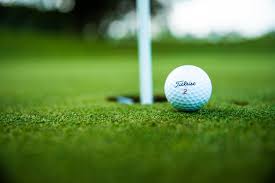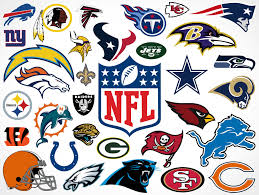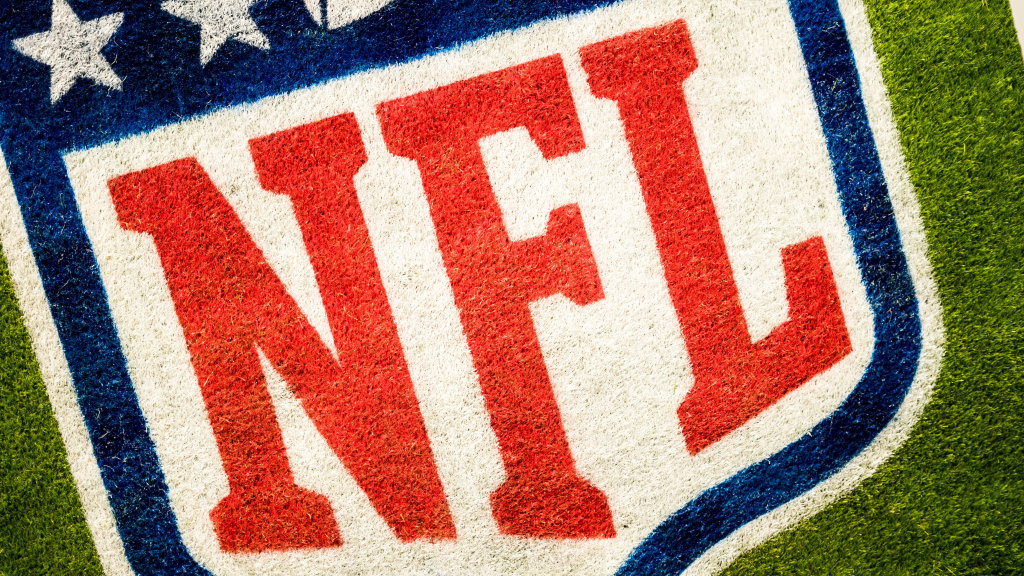So you’ve been bitten by the golf bug? Or seen friends and family head to the course? Golf might feel scary at first, with the shiny clubs and thousands of online tips on your swing that don’t really help most of the time. Truth is, it’s just like anything else. You’ve got to learn the basics and build from there. Here’s a simple starter kit with three things you have to understand before hitting the course.
Terminology of Golf
When you hit a shot, that counts as a stroke. The goal in Golf is to finish with the least amount of strokes possible. When you get to a hole it will say Par, and follow with a number. There are usually three types. A par 3, par 4, or par 5. That represents how many strokes it should take you to complete the hole, if you play it nearly perfectly.
Par is based on the length of the hole. Par 3’s are usually between 100-200 yards. Par 4’s range from 250-400 yards. Par 5’s are anything over 450 yards.
There are many different scores you can get depending on how many strokes you take.
If you take the same amount of strokes as the par, then that’s called a guess what? A Par.
When you score one under the par, that is called a birdie. Those are very good scores.
Bogey on the other hand, is one stroke over par.
Two under par is an eagle, and two over par is a double bogey.
If you get three under par, which is extremely rare, it is called an albatross.
When it’s your first shot of the hole, you’ll tee off from the tee box. It’s usually marked by small objects such as logs or colored boxes. Just remember! Don’t tee off in front of the tee box or it be a one-stroke penalty.
After hitting your tee shot, you’re hoping to land in the fairway. This grass is well maintained, and gives a great lie for your next shot. If you miss the fairway, you are most likely in the rough. This has longer grass and makes it harder on your approach shot. A really bad tee shot can land you OB (Out of Bounds), leading to a one stroke penalty, and in a bad situation to score low.
After your first shot, especially on a par 4, you are hopefully going to shoot for the green. Most par 3’s you are hoping to already be on the green, and par 5’s usually take 3 shots to land on the green.
The green is the surrounding area of the pin/flagstick. This the most well maintained spot on the courses. Greens need to be consistent and smooth for best results. The hole is what you are trying to put the ball into (Holds the pin).
Make sure to watch out for greenside bunkers! These are extremely difficult to get out of and often ruin a scorecard. If you end up in front of the green, you are most likely on the fringe. This is a slightly longer grass than the green, leaving the option to chip instead of putt.
Once you putt your ball into the hole, you would have finished the hole!
Necessary Equipment
Before going to the course, remember the essentials. Tees, which help you stand up the ball, golf balls, obviously, (bring extra!), and a glove to help grip the club.
Golf Bags can hold up to fourteen clubs. As a beginner, you won’t need them all. Start smaller and build up.
First, there is the Driver. “Big Dawg” as some people like to say. This is your big hitter, designed for tee shots. Hit one great and you’ll be chasing that feeling the rest of your life.
Next, you got your woods and hybrids. These are like your mini drivers, used mostly on fairways. Not very necessary for beginners.
Then comes your irons. These are used on almost every hole. Whether a hundred-yard hole or five-hundred, your irons will be your go-to. Most bags hold a 6-iron to a Pitching Wedge. As you go up in clubs, (6-iron to 7-iron) the higher lofted the club is.
A 6-iron is designed to cut through the air, going a farther distance, while a Pitching Wedge will go higher in the air designed to land softly on the green, not going as far.
After that, you have your wedges. These are for close encounters near the green, where you need high-lofted clubs to land the ball gently. Wedges usually range from 48-60 degrees.
Finally, you have your putter. This is used around or on the green, with soft touch to roll the ball into the hole.
Etiquette of Golf
Golf has many unwritten rules that are important to follow.
First, respect is everything. Before even showing up to the course, toss on a nice polo, it’s part of the culture.
When someone is taking their shot, stay quiet and out of line of sight. Common courtesy.
Take care of the course as well. That means raking your bunkers after you’ve been in them, fix ball markers on the green (where your golf ball landed), and don’t make unnecessary divots.
Lastly, make sure to keep others safe. If your shot is heading towards another group, make sure to say, “Fore!” to warn them. Simple word that can prevent accidents.
Now you have your three simple things to keep in mind! Have a great time on the course!












